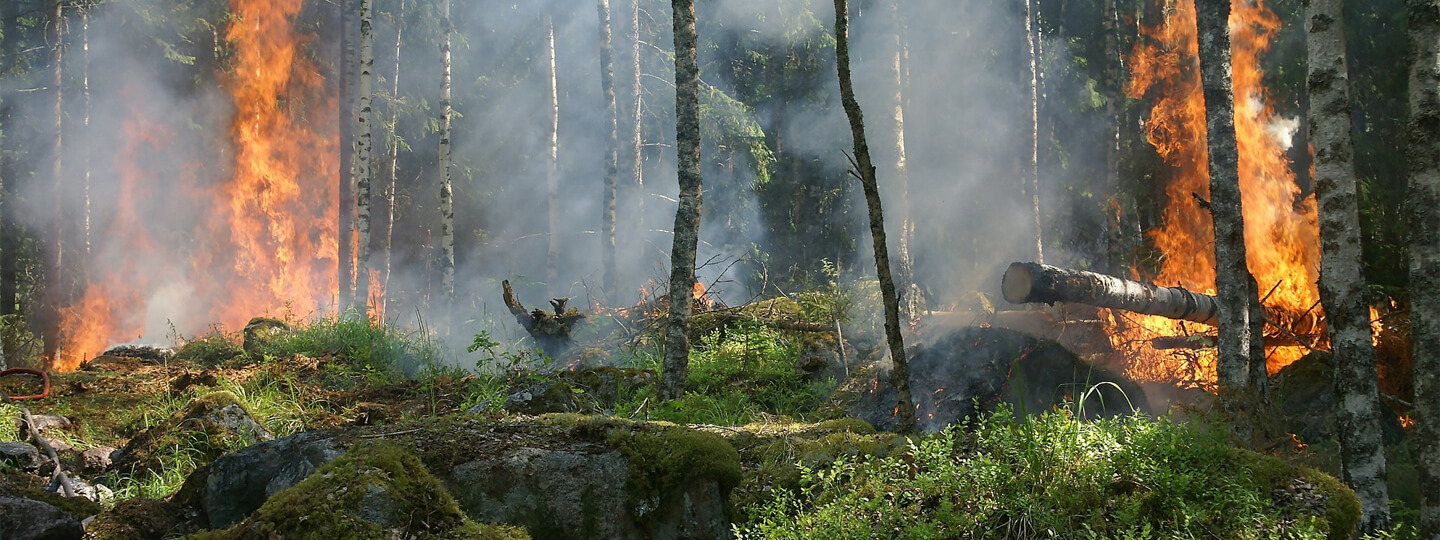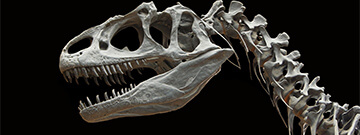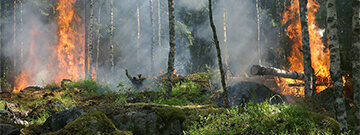
The Spread of Wildfires
California is raging with wildfires today. Before 2021, 7.1 million acres were burned in the United States, and even more have burned in the past two years. A direct result of climate change, these flames have occupied a considerable part of Northern California, and they are even threatening the famous Yosemite National Park. But how do these fires start, and what steps are being taken to contain them?
To understand how to suppress fires, we first need to know how they are formed. Think of a wildfire as a food you like to cook. It needs three key ingredients, and if those ingredients are put together, it creates a blazing fire. This is known as the fire triangle. A wildfire requires heat, oxygen, and fuel. In California, temperatures easily reach 80 degrees Fahrenheit, which is the perfect temperature to start a fire. Oxygen is found in our atmosphere; about 21% of the air we breathe is made up of oxygen. Fuel is not limited to the gasoline we put in our cars; it is any flammable material, living or dead, that emits a vapor and can be ignited. Trees, grasses, and even our houses can sustain or carry flames. These materials combust, or produce heat, from burning. Along with these three requirements, there are many other factors that can contribute to the intensity of forest fires. Among those are wind, humidity, and topography – the shape of the land. A rocky topography can hinder a fire from spreading to nearby areas, and an uphill slope can spread fire much more quickly than a downhill slope.
A fire needs all three parts of the fire triangle to continue blazing, so the best solution to stop a wildfire is elimination of one or more of the sides of the triangle. This will ensure that the fire cannot spread. So how do firefighters do this? One method is by building a firebreak around the fire. A firebreak is a section of land where all the fuel has been eliminated. If there is no fuel, then the fire triangle is incomplete, and the fire cannot spread to neighboring areas. Another tactic is to remove heat. This is done by applying water or fire retardant either on the ground or in the air. You’ve probably seen pictures of airplanes releasing a red substance from the air onto a stretch of forest. That red substance is fire retardant, and its main ingredient is called ammonium phosphate. Wildfires are dangerous forces of nature that seem to have no end, and no matter what method is used, the main goal is to break the fire triangle and suppress the fire’s spread.
Source:
California Department of Forestry and Fire Protection (CAL FIRE). “2022 Incident Archive.” Cal Fire Department of Forestry and Fire Protection,
https://www.fire.ca.gov/incidents/2022/ ![]()
Moore, Andrew. “Explainer: How Wildfires Start and Spread.” College of Natural Resources News, 3 Dec. 2021, https://cnr.ncsu.edu/news/2021/12/explainer-how-wildfires-start-and-spread/#:~:text=Heat%20brings%20these%20fuels%20to,releases%20heat%20and%20generates%20combustion ![]()
“Suppression.” U.S. Department of the Interior, 20 Apr. 2022, https://www.doi.gov/wildlandfire/suppression#:~:text=Firefighters%20control%20a%20fire’s%20spread,(using%20helicopters%2Fairplanes) ![]()
Scientific Peer Review by Alysia Mandato
Aneri Shethji:
Aneri Shethji is a 10th grader at North Allegheny Intermediate High School. She is very passionate about science and writing and enjoys getting involved with the community. In her free time, Aneri spends time with friends and family and loves getting outside. She can’t wait to learn more about all that science has to offer, and help others learn it too!

On April 8, 2024, we will witness a mesmerizing event. A total solar eclipse is upon us, and here at the Science Center, we can explore this celestial phenomenon in many ways.
But first, what is this event? A ...

Climate change is a big deal. We’ve all seen news stories about greenhouse gas emissions, rising temperatures, and the hole in our ozone layer. However, what tends to sometimes be overlooked is climate change’s ...

In the captivating world of health care, a fascinating transformation is taking place—a rise in Artificial Intelligence, or AI! Picture a world where smart machines team up with doctors to revolutionize medicine, making ...

Hydroponics, a contemporary farming method, redefines how we grow plants, offering a fresh approach to cultivating crops that differs from traditional soil-based farming. This innovative technique doesn’t rely on soil ...

In our solar system, the eight planets—Mercury, Venus, Earth, Mars, Jupiter, Saturn, Uranus, and Neptune—are talked about more than anything. While the ...

Quantum computers are on the forefront of technological advancement. These machines, unlike any traditional computers you’re familiar with, harness the ...

The Earth is a spectacle of constant movement. Periodically, it commands our attention with displays of power—earthquakes. These events are tied to the intricate movements of the Earth's tectonic plates. Tectonic ...

Have you ever wondered how investigators in crime shows manage to identify suspects with such accuracy? Dusting for fingerprints isn’t always feasible in many cases, so the true answer lies in a different type of ...

Writers: Evan Allen, Ricardo Aguilar, Jillian Pensenstadler, Amelia Foley, and Ian Lisien
Once a center of industrial prowess, Pittsburgh has undergone a remarkable transformation, ...

Have you ever questioned what happens to the food you consume? Prepare yourself for a thrilling voyage as we go through your digestive system! We'll look at ...

When someone falls on their arm, they immediately head to the hospital to see if it is hurt. X-rays are used by doctors to examine your bones more ...

Even though dinosaurs became extinct about 65 million years ago, we know quite a bit about them, including what they ate, where they lived, and even what ...



